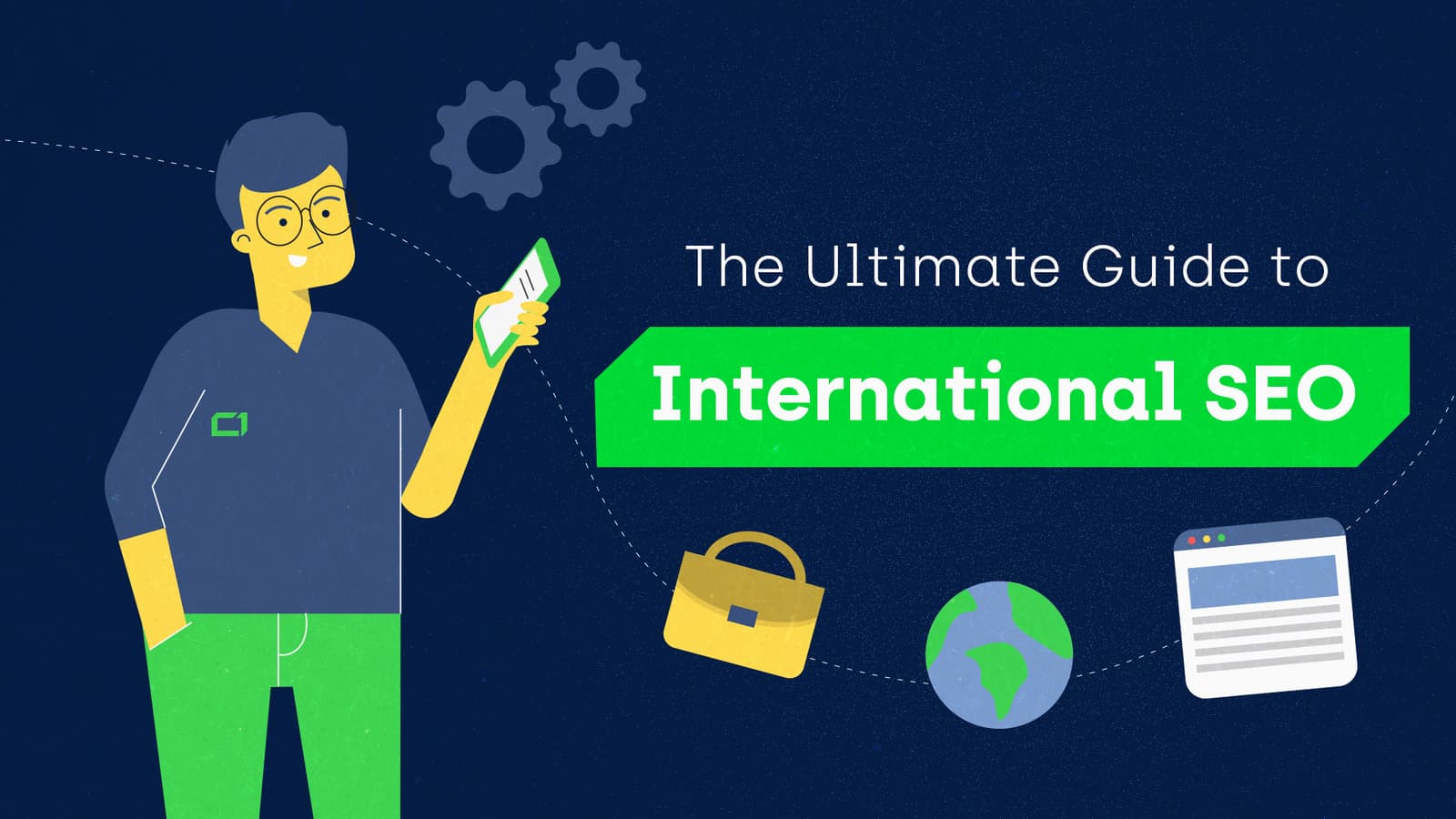One of the most challenging SEO decisions to make when launching or re-arranging a website is to choose the right structure.
It defines how particular pages are connected with each other and their importance in the website’s hierarchy. Any changes in this structure are difficult to implement, and you may pay a high price for a mistake here.
There are different ways to manage multiple language versions of a website, and SEO experts constantly debate which one is the best.
However, the results that we’ve achieved in this case study speak for themselves. Migrating to folders on one global domain gave our client an 841% visibility boost!
The background
Picodi.com is a platform aggregating discount vouchers and promotions for a wide range of brands. They started as one of many Polish startups and quickly went global.
After rebranding, they are now an e-commerce leader in many foreign markets. However, to find themselves on the top of this specific niche, they had to take a big risk. At the time of implementing our recommendations, they operated in over 20 foreign markets.
It was one of those “win or lose it all” situations.
We have been working on the domains listed below:
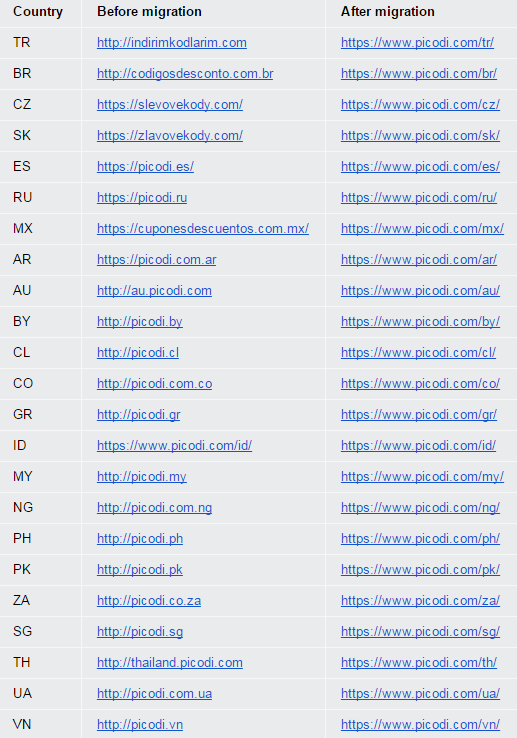
There was no pattern in the way different countries were handled before migration. We could see some examples of:
- multiple top-level (zlavovekody.com) and second-level (codigosdesconto.com.br) domains,
some of which were an exact keyword match - subdomains on picodi.com (au.picodi.com)
- subfolders (picodi.com/id/).
With such naming conventions, it was really hard to convey a coherent brand image. Our main goal was to streamline the global strategy of the brand and the management of the website. We never assumed that the SEO results would be so outstanding.
Possible threats and benefits
We were talking about migrating 23 domains and merging them under one global TLD.
This had probably never been done before, at least not on such a large scale. So we had to depend solely on our experience.
The risks were obvious – our client could lose a big part of their visibility in the markets they had fought in for a long time. We can never fully predict the results of such deep changes. On the other hand, it was a chance for Picodi to really step up their game.
One of the most apparent benefits of this type of migration is the reduction in maintenance costs.
The constant monitoring of SEO aspects can be very time-consuming, especially when you have to take care of many different domains. One global TLD allows you to focus all this workload on a single project. The problems are then easier to notice and solve.
In addition, you don’t need to have many local teams working with problems that occur on a global scale. Instead, one global and easily manageable team can better cope with these tasks.
When it comes to the link-building process, efforts previously only beneficial for local versions now support the whole structure. High-quality content, published on any of the various language versions can provide strong backlinks for the entire domain. This is another way of reducing marketing costs.
There is also another strong advantage which can be used to turn away competitors. When you run a successful online business, it is only a matter of time until you become a target for competitive analysis.
It is much more difficult to compile valuable research when all the local versions of your website are on a single domain. Many tools fail to show relevant data in such cases. These difficulties in visibility and backlinks profile comparison may effectively discourage competition from taking you into consideration.
Migration to subfolders step by step
During the migration process, we wanted everything to be perfect. If something went wrong, there was no easy way to find out which language version was the source of the problem.
The only reasonable solution was to check all the technical SEO issues and backlink profiles beforehand. Another precaution we took was to redirect one domain at a time. This way, we could see the results and adjust our strategy accordingly.

Step 1 – Link Audit
This step, although vital for a successful website migration, is often left out by many. It may seem like a time-saving approach, but, as a matter of fact, in the short-term perspective, there are often no problems on the horizon.
However, it is a huge risk that will backfire most of the time. One shady domain can ruin your overall visibility. Because of all the redirects made during the migration, it is hard to find those toxic backlinks afterward.
This is how we did manual link audits for every domain:
- we used different tools and sources (GSC, Ahrefs, Majestic, LinkResearchTools, Searchmetrics)
to create an extensive backlinks database - we imported all the unique links from the database to the LRT Link Detox tool
- we manually assessed every single backlink, as we believe that automation is not the answer here
- we created a disavow file and uploaded it to the old domain’s GSC
- we updated the existing disavow file on the new domain with our newly created disavow list.
The last step is extremely important.
After the migration, all links pointing to the old domain are treated as direct backlinks to the new domain. If we don’t update the disavow file, all of our work will eventually go to waste.
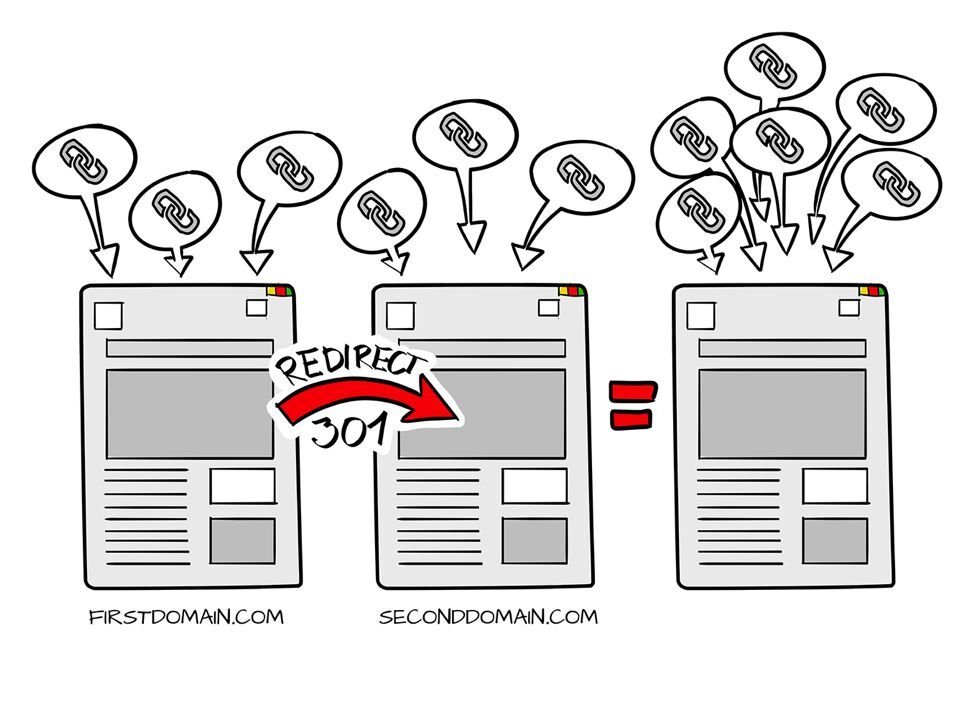
Step 2 – SEO checkup and URLs database
The next step was to make sure that every SEO aspect of each respective domain was functioning well. In order to do this, we performed a full crawl every time.
We looked mainly into redirects, canonicals and 404s – simply put, all the things that could negatively impact the migration.
Fortunately, in the case of Picodi, there was not much to improve at the time. We did most of the work during the previous year. After this, we prepared a database of all the unique URLs on the domain.
These were used in the next steps.
Step 3 – Domain redirect
Having prepared well, we could finally begin the migration process. We chose Brazil and Turkey to start with. The results exceeded our expectations in every way. Here is a visibility graph for indirimkodlarim.com (Picodi Turkey):
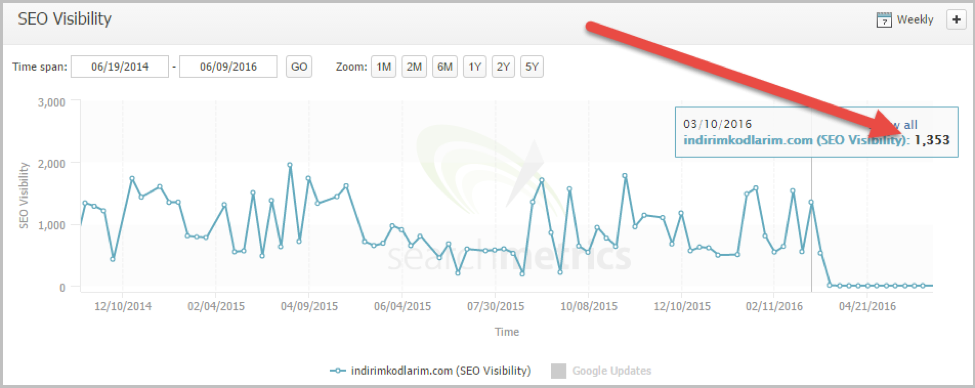
And here we have the visibility after migrating to a subfolder on the picodi.com domain:
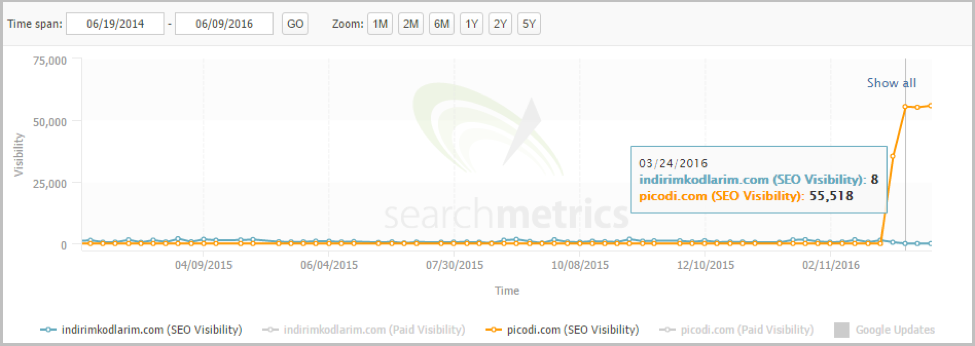
Pretty amazing, huh?
Using the database created in the previous step, we made sure that all the URLs were properly redirected to their new equivalents with a 200 status code.
We also reported the migration in Google Search Console (Change of Address section). The last step was to recrawl the new subfolder to see if everything was working well.
Results of the migration
Although the first migrations were a great success, we weren’t celebrating yet. We still had 22 other domains to go.
After months of hard work and waiting eagerly for the results, it turned out that we shouldn’t have worried. All but one domain recorded a visibility boost with an average of 841% (based on the SearchMetrics report)!
Picodi Russia was our only failure, as it dropped by 16%. On the other hand, one of our first migrating domains – Picodi Turkey – turned out to be the biggest success. Its visibility skyrocketed to a magical 4103%.
This case study only confirmed what we already knew. Website migration, done properly, can not only facilitate the management of your website on a daily basis but also improve its online visibility.
From the very beginning, Picodi’s brand presence on the market involved making bold decisions. We are glad we could show them that even SEO is a field where, sometimes, you should just take the risk.
And to make risking less risky, you can contact Onely and take advantage of our professional technical SEO services or international SEO services.


